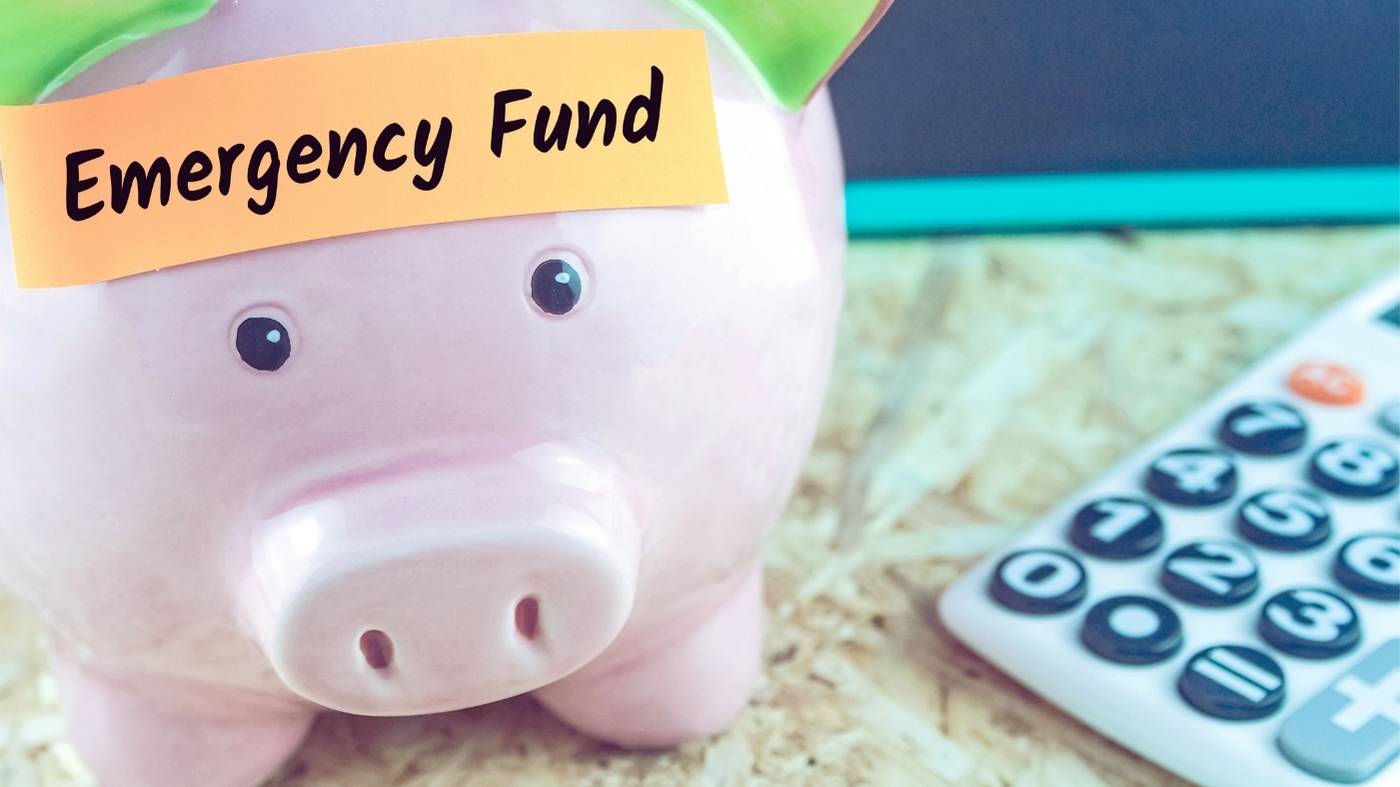Having an emergency fund is like having a financial safety net—it protects you from unexpected expenses and helps you avoid falling into debt when life throws you a curveball. Whether you’re just starting or looking to strengthen your savings, these smart strategies will help you build an emergency fund efficiently.
10 Smart Strategies to Build an Emergency Fund
1. Set a Realistic Savings Goal
Before you begin, determine how much you need to save. A good rule of thumb is to set aside at least three to six months’ worth of essential living expenses, including rent, groceries, bills, and loan payments. Review your monthly expenses and set a goal for your income and financial obligations.
Example: If your essential monthly expenses amount to ₹30,000, aim for an emergency fund of at least ₹90,000 to ₹1,80,000. If you’re self-employed or have an unpredictable income, aim to save enough to cover up to a year’s expenses.
2. Make Saving a Priority
Think of your emergency fund as a must-have, not a nice-to-have. Consider it a fixed expense in your budget, similar to rent or utility payments. Set up an automatic transfer to a designated savings account to ensure regular contributions without needing manual effort.
Example: Automate a ₹5,000 transfer to your emergency savings every month so you don’t have to remember to do it manually. Over five years, this small step will accumulate ₹3,00,000, excluding interest.
3. Cut Unnecessary Expenses
Analyse your spending habits closely and pinpoint areas where you can reduce expenses. Do you have unused subscriptions? Frequent dining out? Impulse purchases? Even redirecting a small portion of these savings to your emergency fund can make a significant impact over time.
Example: If you cancel a ₹1,000/month gym membership you rarely use and cut back on eating out by ₹2,000 per month, that’s ₹36,000 a year that could go into your emergency fund.
4. Create a Budget and Stick to It
A budget allows you to monitor your income and expenses, making it easier to set aside money for savings. Organise your spending into categories, pinpoint areas to cut costs, and dedicate a portion of your monthly income to building your emergency fund.
Example: If your monthly income is ₹50,000 and you spend ₹10,000 on entertainment, consider reducing it to ₹5,000 and putting the extra ₹ 5,000 into savings. Using budgeting apps like Moneyview Money Manager or Goodbudget can make tracking easier.
5. Look for Additional Income Sources
Boost your savings by exploring side income opportunities. Whether freelancing, selling unused items, tutoring, or monetising a hobby, any extra income can be directed toward your emergency fund, helping you reach your goal faster.
Example: If you drive for a ride-sharing service on weekends and earn an extra ₹10,000 per month, putting half of that into your emergency fund will add ₹60,000 to your savings in just a year.
6. Manage and Minimise Debt
High-interest debt can slow down your savings progress. Prioritise paying off debts—especially those with high interest—to free up more money for your emergency fund. Once a debt is cleared, redirect the amount you paid toward savings.
Example: If you were paying ₹3,000 monthly toward a personal loan that you just repaid, channel that money into your emergency fund instead. Over a year, this will add ₹36,000 to your savings.
7. Keep Your Savings Accessible but Separate
Your emergency fund should be readily available in times of need, but not so convenient that you’re tempted to use it for non-essential expenses. A high-yield savings account or a liquid fixed deposit can help your money grow while still being accessible for emergencies.
Example: Open a separate savings account that is not linked to your primary bank app. This way, you will think twice before withdrawing money impulsively.
8. Save Unexpected Windfalls
Any extra money you receive, like bonuses, tax refunds, or monetary gifts, can significantly strengthen your emergency fund. Rather than spending it impulsively, set aside a substantial portion for savings.
Example: If you receive a ₹50,000 annual bonus, consider saving at least 70% (₹35,000) in your emergency fund. This alone can cover at least one month’s worth of expenses.
9. Start Small and Increase Gradually
If saving a significant amount at once seems challenging, begin with smaller contributions and gradually increase your savings rate as your finances improve. The key is consistency.
Example: Begin by saving ₹500 a month and increase it by ₹500 every three months. By the end of the year, you’ll be saving ₹2,000 per month, and over three years, you’ll have saved ₹72,000.
10. Review and Adjust Your Fund Regularly
Your financial needs evolve, so regularly reassess your emergency fund to ensure it remains sufficient. Increase the fund if your expenses grow or inflation affects your purchasing power.
Example: If your living expenses rise from ₹30,000 to ₹40,000 per month due to inflation, increase your savings goal accordingly. If you change jobs and receive a salary hike, adjust your savings contribution to maintain the same percentage of your income.
Final Thoughts
An emergency fund is one of the most powerful tools for financial security. You can create a solid financial cushion by setting clear goals, prioritising savings, trimming unnecessary expenses, budgeting wisely, increasing your income, reducing debt, choosing the right savings account, and staying committed. Start today and give yourself the peace of mind that comes with being prepared for life’s surprises.
Disclaimer: The information provided in this blog is for educational and informational purposes only and should not be considered as financial, investment, or tax advice. While every effort has been made to ensure accuracy, readers must consult a qualified financial advisor before making investment decisions. VSJ FinMart is an AMFI-registered mutual fund distributor (MFD) that does not provide investment advisory services. Mutual fund investments are subject to market risks; please read all scheme-related documents carefully before investing.

